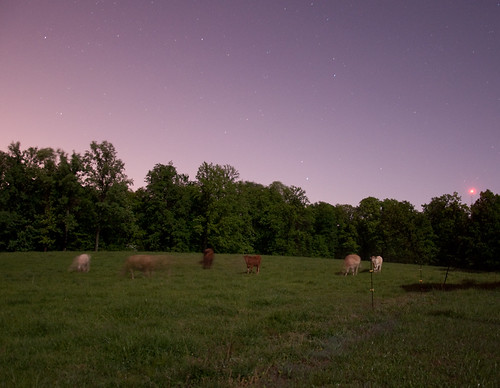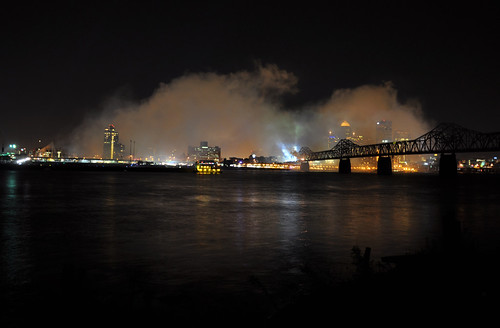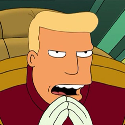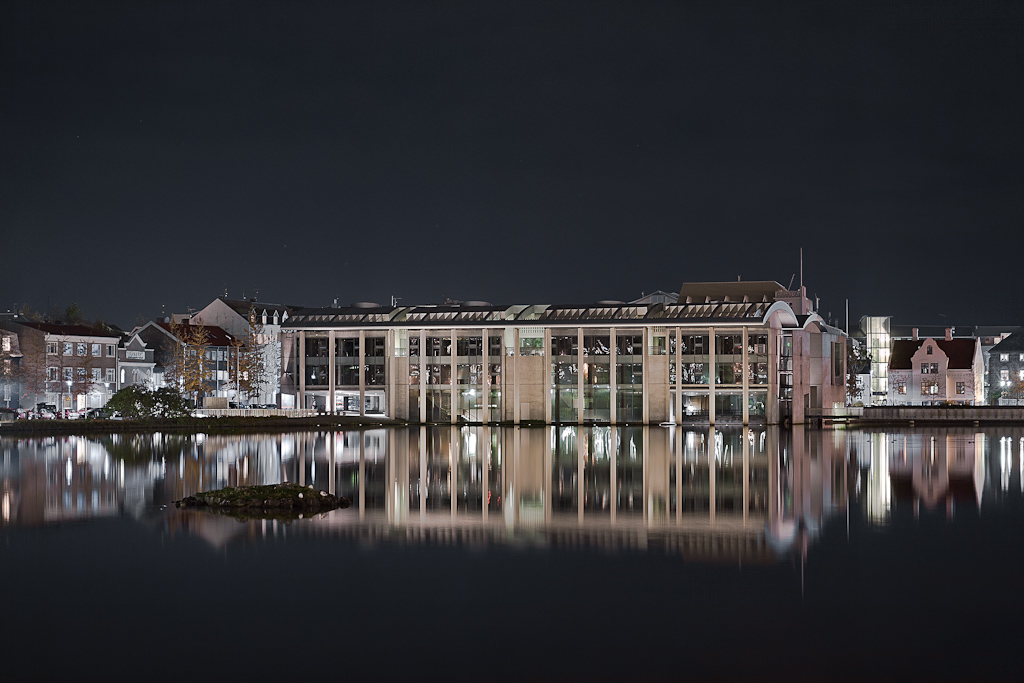|
Jekub posted:I image using a unmodified DSLR so those are basically the natural colours. The only processing I do for colour is correction, as you would for your normal photographs, and a saturation stretch which is needed as by default the image is very grey. I'd love to do it, as I've always loved space imagery, but it seems like it would be a lot of money to get into. How much is it for a basic setup? This was my only night shot I've really liked, although I have a few more on my flickr:  Here's another one I like a lot, but it's only 1.6seconds, not really super long. Taken after the big fireworks show in Louisville. It made me happy to be on the other side of the river that night. 
subx fucked around with this message at 05:37 on Jun 4, 2010 |
|
|
|

|
| # ¿ May 2, 2024 12:38 |
|
Cross_ posted:Smaller aperture = more streaks. First one is f/16 second one is f/8 and thus less streaky. Isn't that more just a matter of the exposure being longer (because of the smaller aperture)? I mean, one exposure is people sitting at a light for 8 seconds, the other is people driving by with an exposure of 30 seconds. That's obviously going to be more "streaky" than cars standing still with a short exposure. Now if aperture has something to do with size of flares or whatnot, that could be true, but I don't really think it affects "streaking" aside from just increasing exposure time.
|
|
|
|
poopinmymouth posted:
Your picture is awesome, but your picture of the picture seems out of focus
|
|
|






